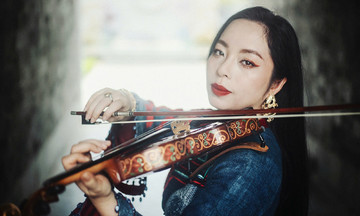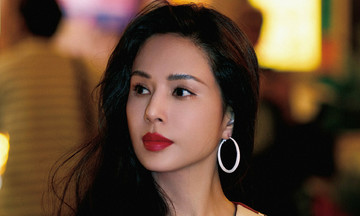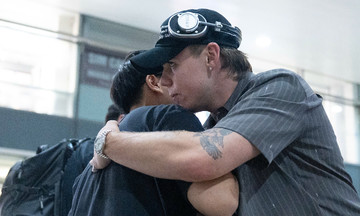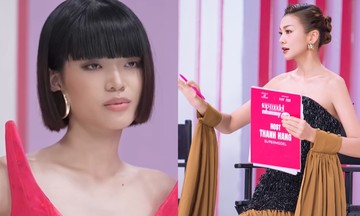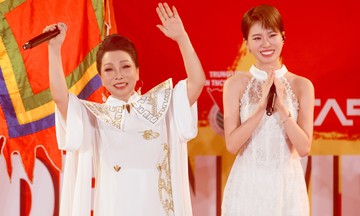The director behind the "To Quoc Trong Tim" (Homeland in the Heart) concert at My Dinh National Stadium on 10/8 discussed the inspiration, challenges, and triumphs of the event.
- After the successful concert, what are your reflections?
- I feel both satisfied and have some regrets. The team is proud to have created a concert about our country, featuring songs that resonate across generations. I'm thrilled to see the images and videos being shared widely.
From the outset, the team didn't intend to sell tickets for profit. We had sponsors, but there were no direct advertisements during the concert. With a limited budget, the organizers made every penny count for maximum impact. While there were many more ideas we wanted to implement, financial constraints held us back. Nevertheless, with what we accomplished, I believe we have a strong foundation for future "national concerts."
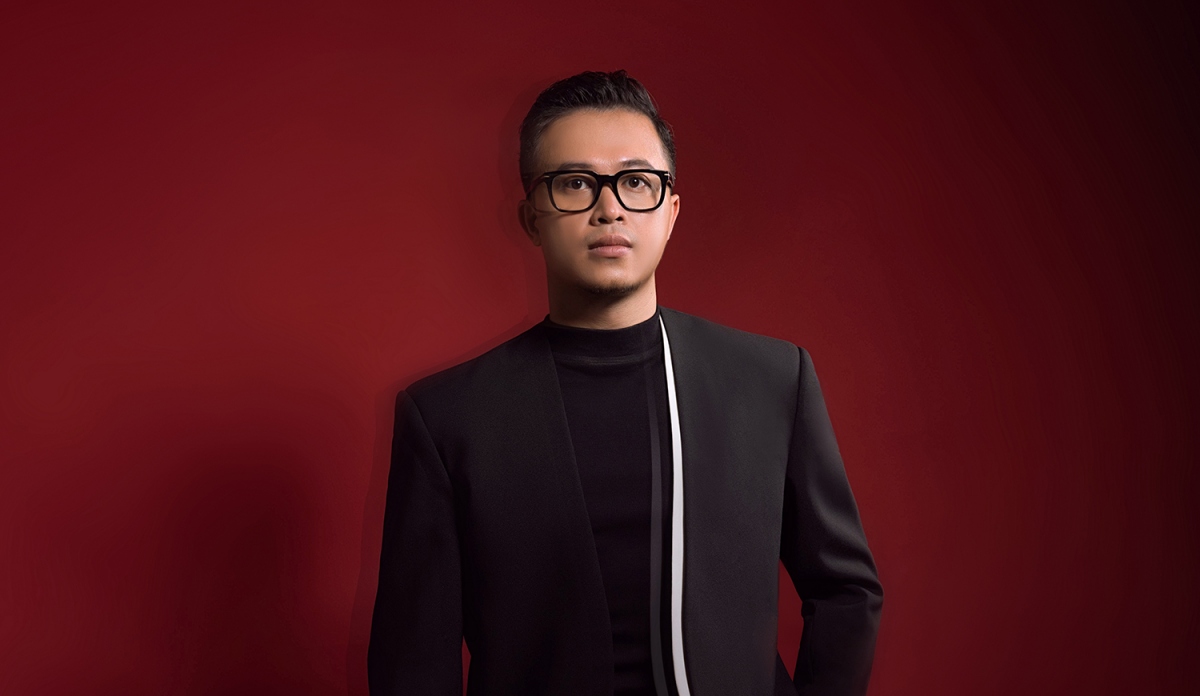 |
Director Dang Le Minh Tri. Photo: Provided by the subject |
- Where did the inspiration for this concert originate?
- After the Hanoi International Light Festival in 11/2024, we began brainstorming. During the 50th anniversary of national reunification, I visited TP HCM and was deeply moved by the widespread patriotism. This inspired the team to finalize the project proposal, which received enthusiastic support from our partners.
Some believe the concert's appeal stemmed from the free tickets, but I think that's only part of it. The "national concert" itself holds an inherent attraction, evoking a sense of patriotism that resides within each of us.
Through this event, I also wanted to redefine what a "national concert" is, a term used by young people to describe parades, marches, and live shows. A "concert" must have an orchestra, a band, and artists singing live. To be truly national, it needs scale and grandeur, capturing the essence of our homeland and resonating with everyone. Some argue that the term, borrowed from another language, deviates from standard Vietnamese. However, I believe that to connect with young people, we should use their language, turning it into a positive hashtag.
- Which aspects of the production are you most proud of?
- We spent considerable time choosing the concert's name. With "To Quoc Trong Tim" (Homeland in the Heart), we hoped the audience would connect with the message, feeling a part of something bigger. The concert also conveyed the message: "The biggest star is the star on our national flag." Therefore, we didn't promote the performing artists before the event.
The stage design was another key consideration. We asked ourselves, "What image can represent the story we want to tell?" The national flag was the central image in the script, leading to the initial idea of a star-shaped stage. However, due to trademark conflicts with brands using the star symbol, we opted for a V-shaped stage, representing the first letter of Vietnam. As the event coincided with the August Revolution and National Day (2/9), the V also symbolized "Victory." The stage's "rising" structure and LED display further emphasized this theme.
 |
The concert stage and audience from above. Photo: Finn Studio |
- With a multi-generational audience, how did you and musician Nguyen Huu Vuong create a balanced program?
- The team worked for three weeks, meticulously selecting timeless classics and relevant contemporary songs. We aimed to create a cohesive narrative that connected generations. From a vast selection, we carefully narrowed it down to over 20 songs.
The sheer volume of music was overwhelming at times. Our editorial team used the term "musical rebirth" to describe our approach to revitalizing revolutionary music. Red music (patriotic songs) has inherent depth; our task was to infuse it with a contemporary feel through arrangements, artist selection, and staging.
Every performance exceeded our expectations, thanks to the 50,000 voices singing along, especially during the national anthem. That sound was more beautiful than a dream. 64 soldiers appeared on stage during the anthem. After the first verse, they moved, enacting the opening line: "The Vietnamese army marches." From above, they formed a heart shape.
The audience was integral to the concert's success. I was touched when a friend shared photos of young people preparing "materials." They didn't know the setlist, but they printed the lyrics of many songs to sing along.
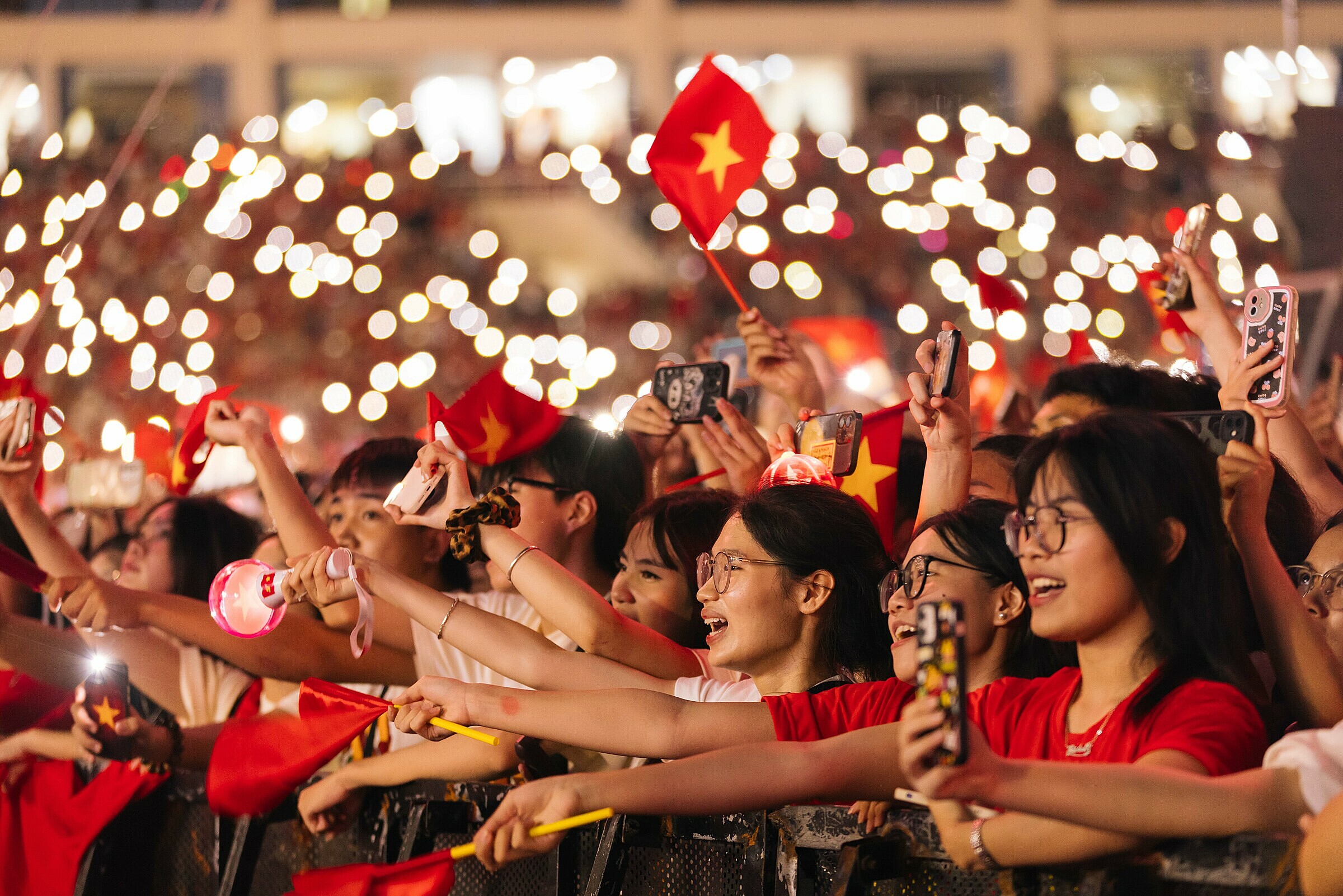 |
The audience at the "national concert." Finn Studio |
- What technical challenges did you face organizing a concert for 50,000 people in such a large venue?
- My Dinh Stadium is primarily designed for sports, unlike many multi-purpose stadiums worldwide. For instance, in Japan, they can remove the grass field to accommodate cultural and entertainment events. My Dinh has open spaces on either side, which dissipate sound, while the arched roof above the stands creates reverberations and echoes. This results in significant sound distortion compared to an indoor theater. We collaborated with experts to analyze, calculate, and adjust the equipment to optimize the audio experience. The sound also needed to synchronize with the lighting. Vietnam now has access to equipment comparable to that used in international performances. However, meeting international standards would be incredibly expensive. We had to balance our resources carefully.
- What inspired you to bring the 68 soldiers who marched in Red Square to the My Dinh stage?
- Witnessing the soldiers' parade in Russia, I was deeply moved and wanted the audience to experience it firsthand. They represent national unity. The challenge was that the Vietnam People's Army doesn't typically perform artistically, focusing on political duties. Securing their participation required collaboration with various agencies and departments. The 68 soldiers had trained for six months for the Russian parade. According to Vietnamese military regulations, the standard marching pace is 106 steps per minute. However, the Russian marching music is faster.
For the concert, I chose "Tien Buoc Duoi Quan Ky" (Marching Under the Military Flag, composer Doan Nho) for the soldiers' procession. Initially, we arranged it to the faster Russian tempo, but it felt incongruous with the original spirit of the piece. We reverted to the standard Vietnamese military pace, requiring the soldiers to relearn their routine. On stage, they didn't simply march straight; they ascended and descended, combining formal and standard marching styles. With the loud stadium music, each soldier had to focus on their squad leader's commands to maintain formation.
Each of the 68 soldiers is over 1.8 m tall and wears 3 kg boots. Their combined marching force presented a significant challenge. We had to design a stage that could withstand the impact. Using the stage model, the team meticulously measured every centimeter, enabling the soldiers to practice on a replica model at their base for two months.
- What was the most challenging phase of the concert production?
- In the 14 days leading up to the event, we worked continuously in harsh weather, enduring intense sun and sudden downpours. Regulations allowed only six days for setting up the grass field, including rehearsals. I barely slept during that period. On 10/8, I left My Dinh Stadium at 4 a.m. My colleagues joked, "Go change and come back tomorrow," then suddenly remembered the concert was that evening. In the early afternoon, while discussing security arrangements, I saw heavy rain through the window. I remained optimistic it would stop, and thankfully, it did.
- What's your response to audience feedback about organizational issues, like hour-long check-in times and some people being denied entry?
- At the concert's start, while managing backstage, I heard about people being unable to enter. The team followed the Hanoi City Police Department's instructions to ensure security and safety. We collaborated with the Hanoi People's Committee, police, military, and other departments, totaling nearly 3,000 personnel to manage 50,000 attendees. No event is without its flaws. I hope to address these issues in future concerts.
- What are your aspirations after "To Quoc Trong Tim?"
- Lately, friends have sent me various images and videos capturing reactions from people in China to the event. They're amazed by the enthusiasm and energy of the Vietnamese people. This made me think about "bringing the world to Vietnam" through music. I believe that's the purpose of the cultural industry. Vietnamese teams are incredibly talented and fully capable of achieving this.
I have many plans but can't reveal them yet. My motto is dedication and contribution, as expressed in the closing lines of "Khat Vong Tuoi Tre" (Aspirations of Youth): "Don't ask what the Homeland has done for you, but ask what you have done for the Homeland today."
Dang Le Minh Tri, born in 1984, has nearly 20 years of experience as a director and creative director for numerous projects and programs in Vietnam and other Asian countries, including: the AdAsia Congress, the Asia Song Festival in South Korea, the "Khat Vong Hoa Binh" (Desire for Peace) live show, the "Niem Tin Chau A" (Asian Belief) art program, the "Sing for Life - Sing for Love" reality TV music show, the Hanoi International Light Festival, and the "Ngan Nam Gam Hoa" (Thousand Years of Brocade and Flowers) art program.
Ha Thu






